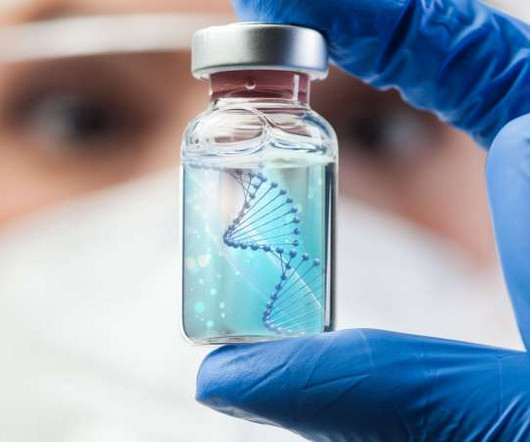The untapped potential of the transcriptome
Drug Discovery World
JULY 30, 2024
RK: Much of current drug discovery has focused on the proteome (the ‘druggable genome’, which represents 1.5% of the human genome). The transcriptome, unlike static DNA sequences, is a dynamic and complex target in drug discovery, reflecting real-time changes in gene expression across different conditions and tissues.













Let's personalize your content